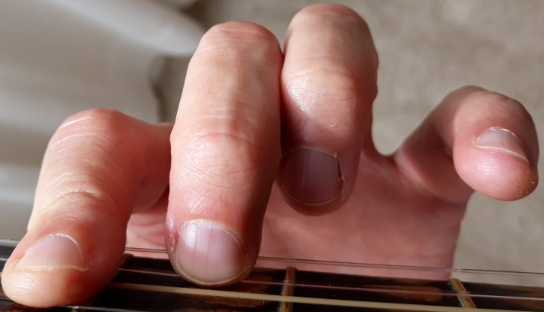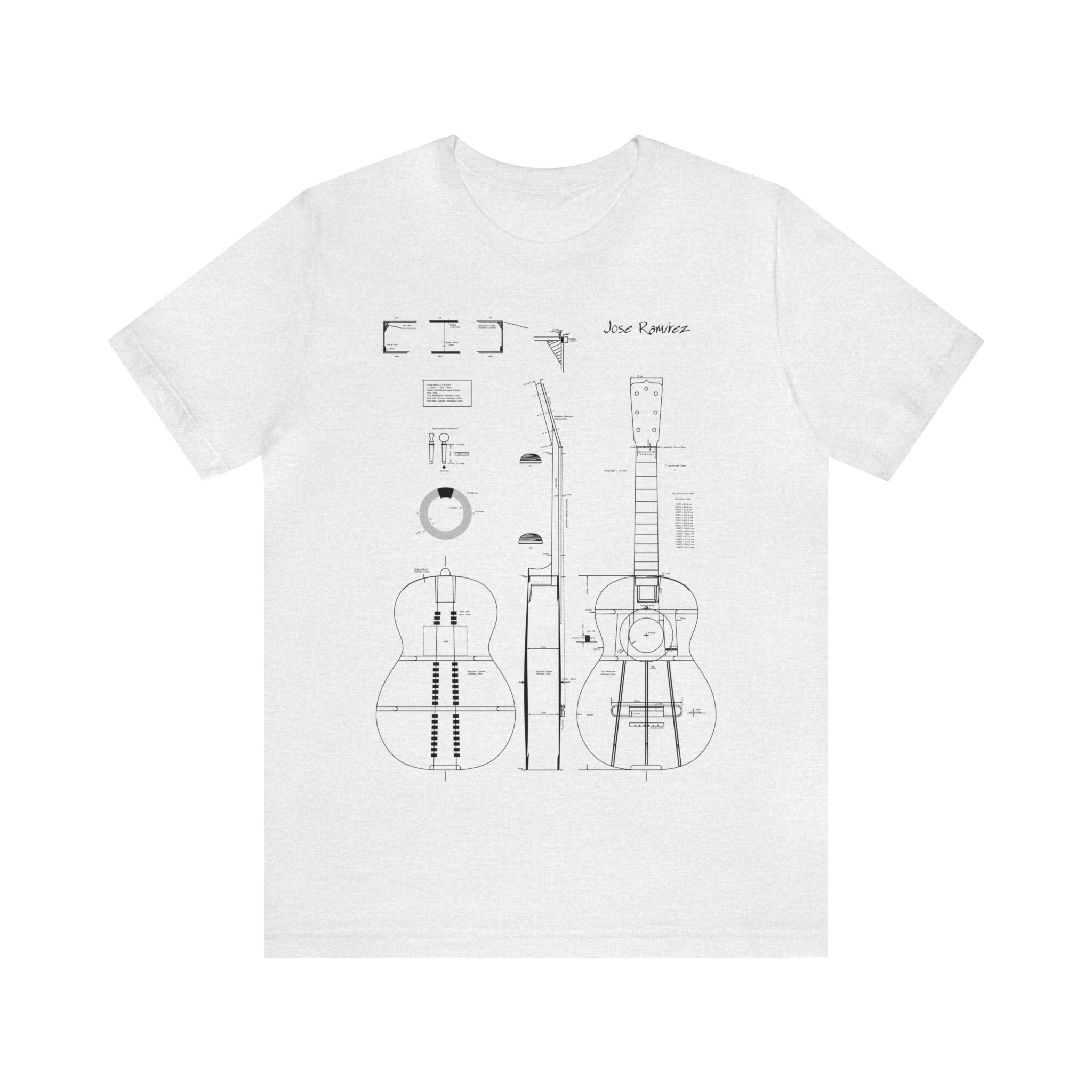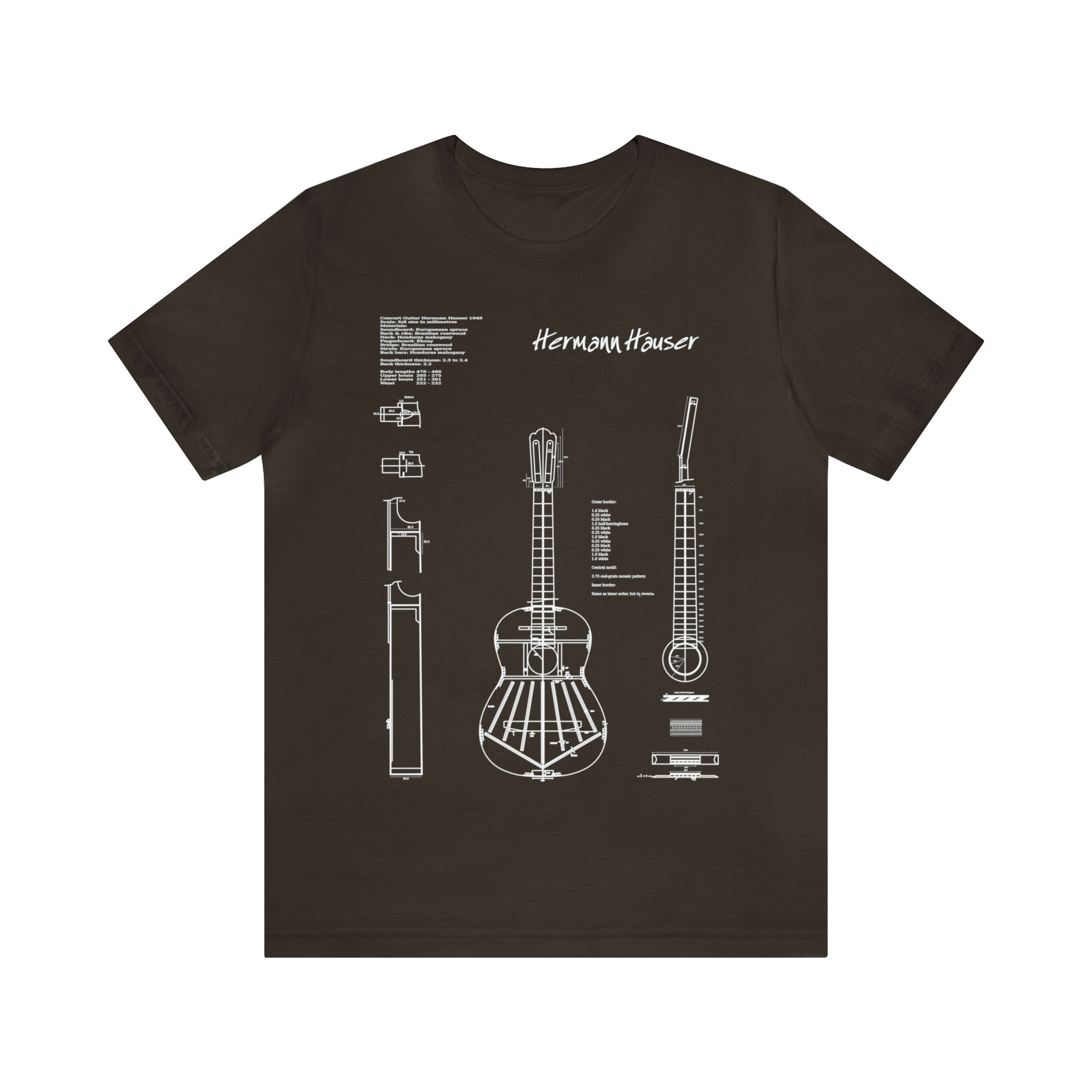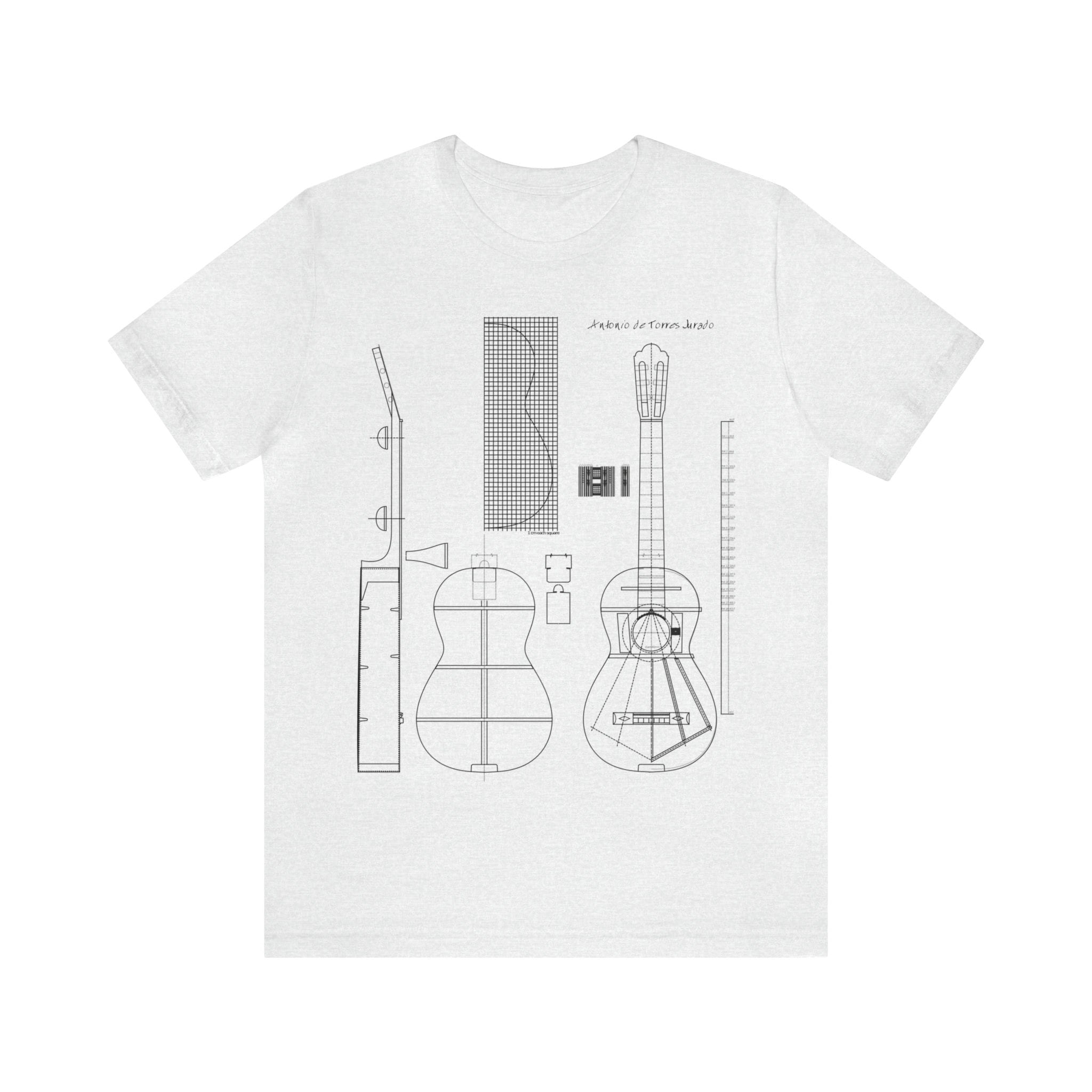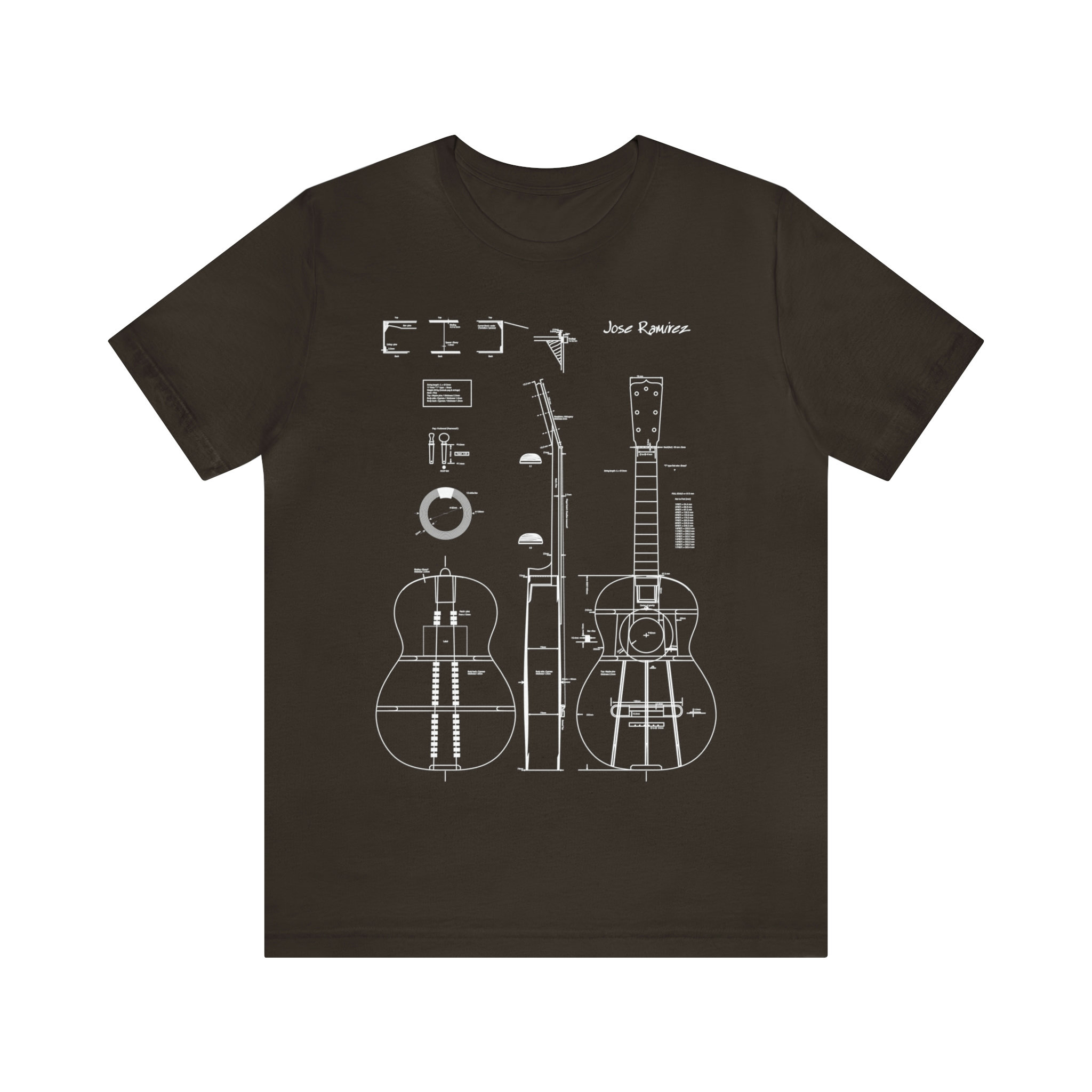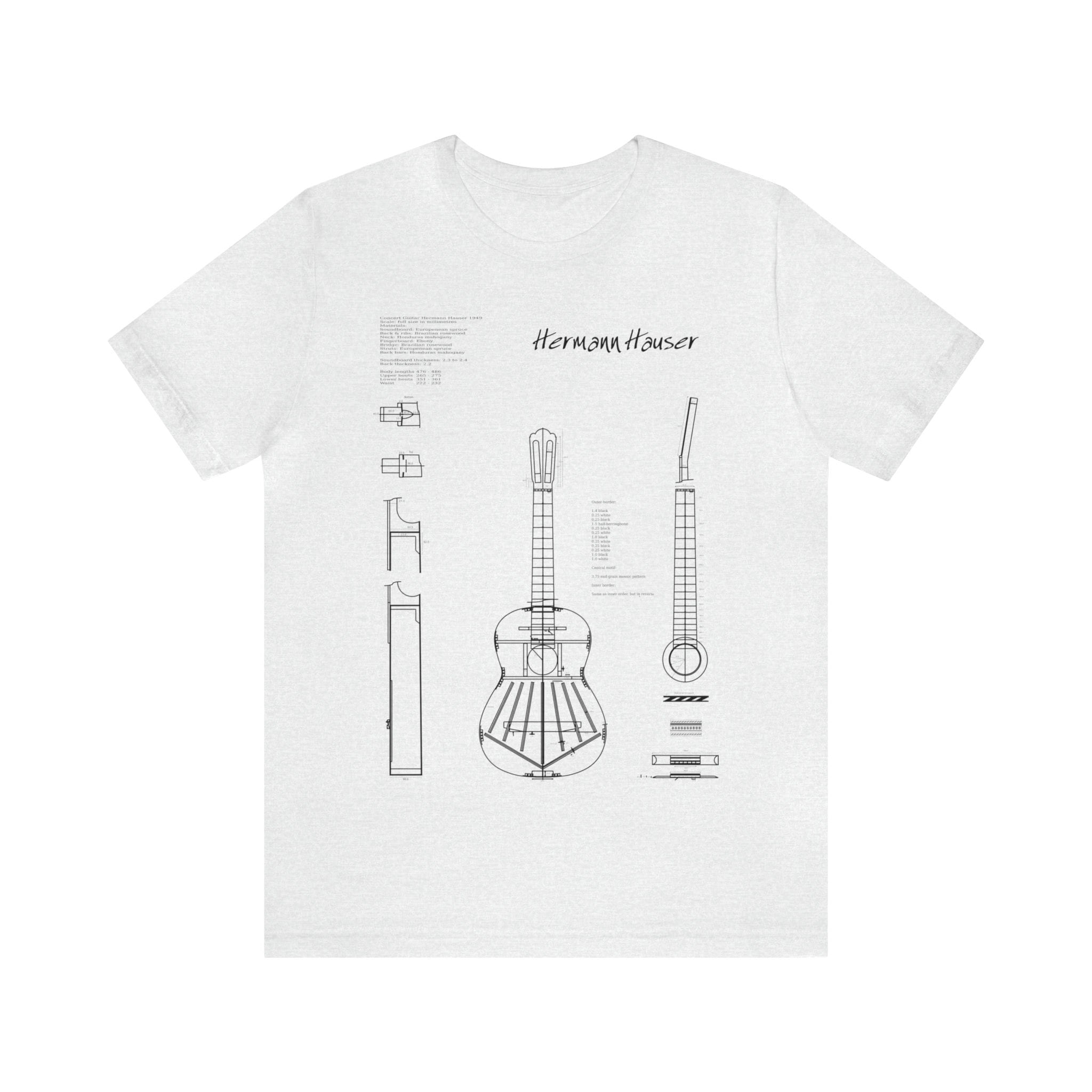It is beneficial for guitarists to explore unconventional ways of playing barre chords, as it can simplify playing challenging passages. By practicing and incorporating these techniques, players can be better equipped to apply them when necessary.
For instance, in Fig. 1, one can observe that using the first finger to play at the 7th fret on the bass string and the 6th fret on the treble string is the most effective way to reach the A sharp in Giuliani’s Rossiniana N.1. Similarly, in Fig. 2, the squint bar can be used to play the difficult E sharp passage in one of the Valses Poéticos by Granados.

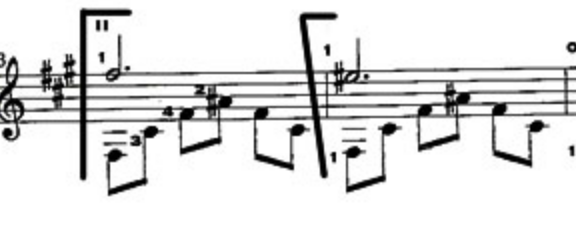
However, it’s essential to note that barring the strings with the first finger is not the only option. The other three fingers can also perform this technique when necessary, and it’s crucial to remember this while practicing fingerings. Among them, the second and third fingers are used the most, while the fourth finger is comparatively challenging to “bend.” The term “bend” refers to the process of breaking the first phalanx of a finger to bar specific strings while playing others open. Additionally, using a small bar with the fourth finger on the first two or three strings can save a shift, and the first finger can also perform this technique. However, every guitarist’s hand is different, and some may not be able to bend their fingers to bar, but it’s beneficial to get out of the “routine” to facilitate certain passages or even make them possible.
There aren’t any specific for practicing these types of bars more than others. However, one can practice by barreing the fourth, third, and second strings on the second fret with the first finger, leaving the first string open (forming an A Major chord). Then, barre the same strings with the second finger on the third fret and the third finger on the fourth fret. The primary goal of the exercise is to make the open string sound. Although the fourth finger is harder to bend, it’s also useful to practice.

It is important to keep in mind that guitar playing techniques are not universally applicable and can vary from player to player, as well as from piece to piece. However, with consistent practice and experimentation, guitarists can develop a repertoire of techniques that work best for them and improve their overall playing ability.
But more than simply practicing these bars relentlessly, it’s important to recognize that they are achievable and be open to using them while fingering pieces. Nothing is impossible if one remains open to new techniques and ideas.
Certainly! In addition to the benefits of breaking from the “routine” and facilitating particular passages or even making them possible, being able to use these special bars can open up opportunities to explore jazz music techniques. Jazz guitarists often use barre chords as a foundational element in their playing, and mastering this technique can be a crucial step towards developing a jazz style. Therefore, being proficient in using barre chords with all four fingers can be a valuable skill for guitarists looking to expand their musical horizons and delve into jazz.
Classical Guitar
